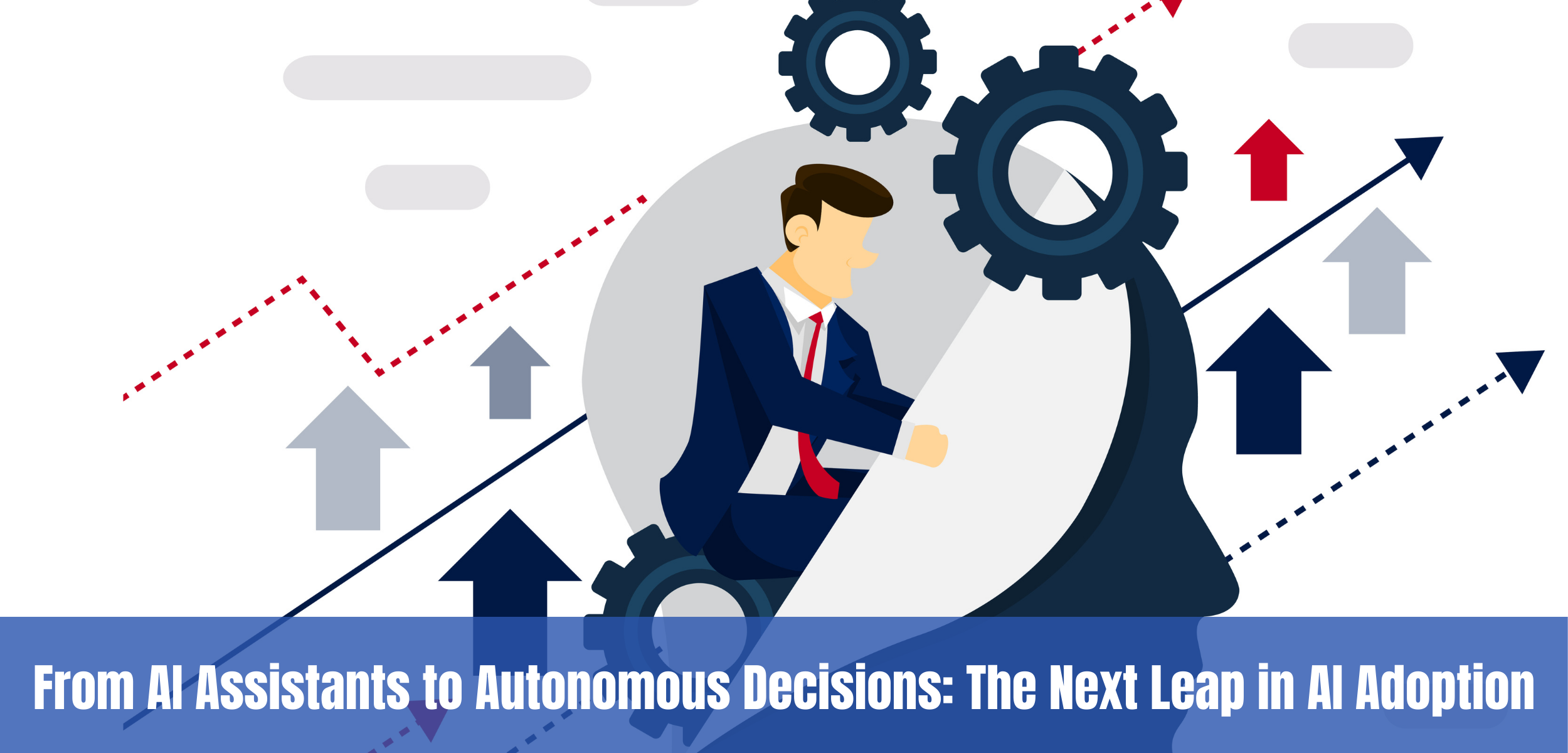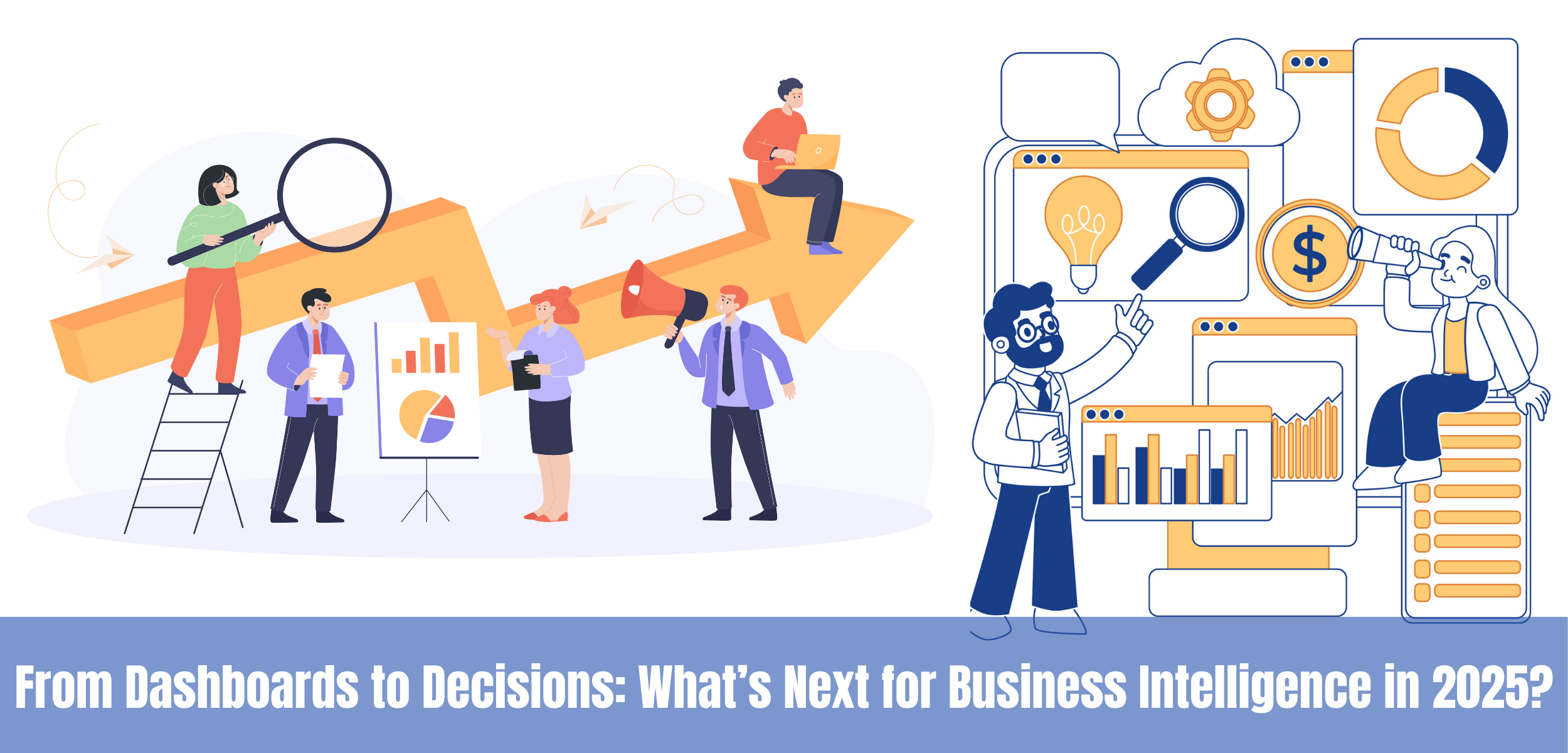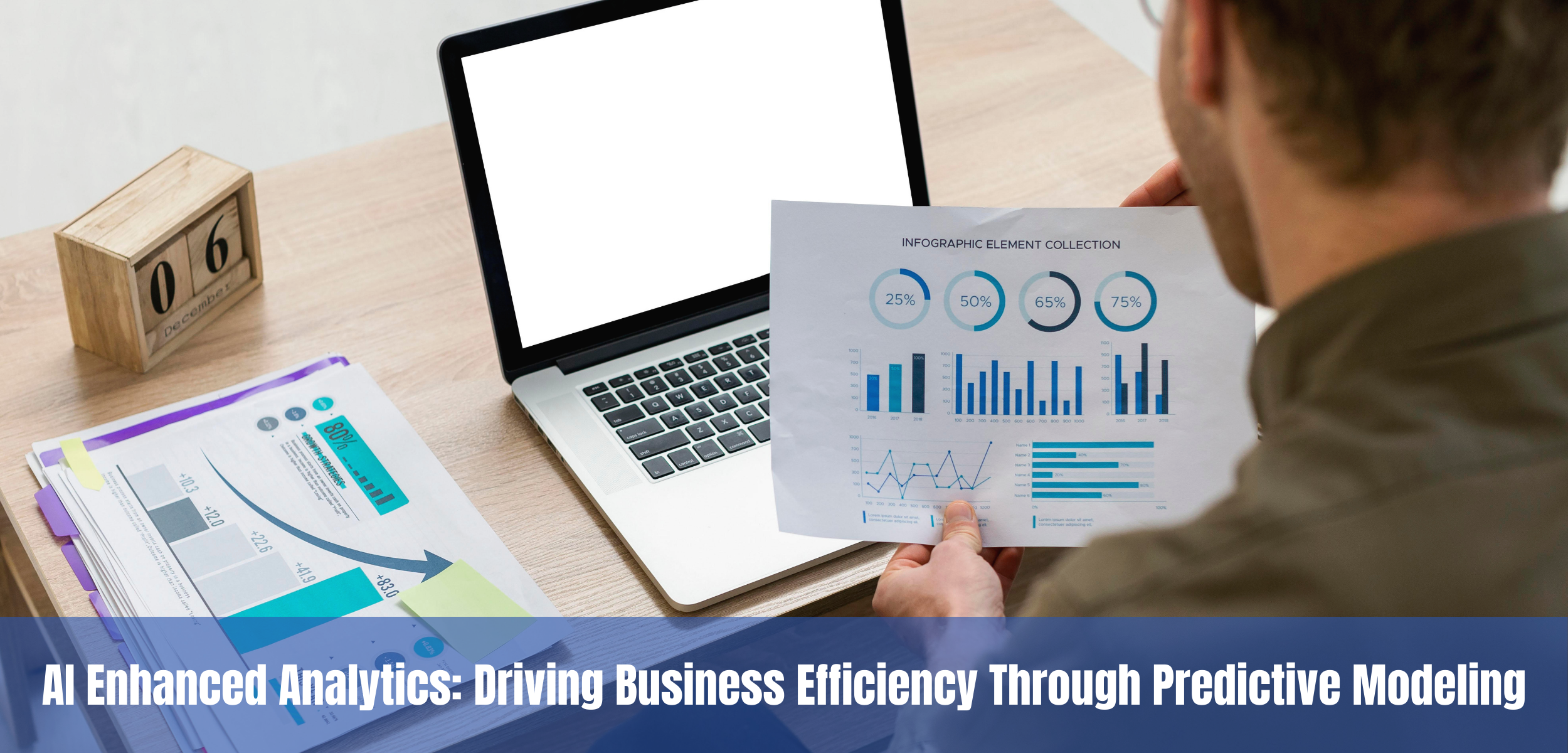Artificial Intelligence (AI) has evolved from a futuristic concept to a critical pillar in enterprise technology. Initially, AI was deployed primarily as an assistant — automating repetitive tasks and augmenting human decision-making. However, advancements in AI algorithms, architectures, and computational power are enabling a transformative leap: autonomous decision-making systems.
These systems transcend human-aided workflows by independently interpreting data, planning strategies, and executing actions with minimal human intervention. This evolution offers enterprises unprecedented operational efficiency and agility, but also introduces complexity and challenges that must be strategically managed.
This article delves deep into the technological foundations of this transition, explores real-world applications, highlights challenges, and outlines how organizations can navigate the journey from AI assistants to autonomous decision-making.
AI Assistants: What They Brought to the Table
AI assistants represent the first generation of AI integration in enterprises. Their primary function has been to augment human capabilities, making workflows faster and more accurate.
Key Capabilities of AI Assistants
- Automation of Routine Tasks: Tasks like data entry, scheduling, customer query responses, and report generation became more efficient. For example, virtual assistants powered by Natural Language Processing (NLP) can handle thousands of customer support tickets simultaneously, drastically reducing wait times.
- Data Summarization and Insights: Embedded analytics tools scan through large datasets and present human-readable summaries or alerts. They reduce the cognitive load on decision-makers by highlighting trends and anomalies but do not replace human judgment.
- Interactive Interfaces: Through chatbots or voice assistants, AI provided intuitive interfaces for non-technical users to interact with complex systems, democratizing data access.
Limitations
Despite their advantages, AI assistants have intrinsic limitations:
- Reactive Nature: They rely heavily on human prompts and cannot initiate actions or decisions independently. They are designed to respond, not proactively solve.
- Narrow Scope: Most AI assistants are domain-specific, optimized for limited tasks or datasets.
- Human Dependence: Complex or ambiguous cases still require human intervention, limiting scalability for decision-making functions.
In essence, AI assistants improved operational efficiency but did not alter the fundamental human-driven decision loop.
Autonomous Decision-Making: The Paradigm Shift
The next phase moves from augmentation to automation of decision-making itself. Autonomous AI systems are designed to observe, analyze, and act without continuous human direction.
Defining Characteristics
- Proactivity: Autonomous AI systems actively monitor environments, detect changes, and anticipate needs.
- Goal-Oriented Planning: They break down strategic objectives into tactical and operational tasks, generating dynamic action plans.
- Learning and Adaptation: These systems leverage reinforcement learning and continuous feedback to improve decisions over time.
- Multi-Domain Coordination: Autonomous AI can integrate across systems, departments, and data sources, orchestrating complex workflows end-to-end.
This shift transforms human roles from hands-on operators to oversight managers who supervise AI performance and intervene only in exceptional cases.
Core Technologies Enabling “Autonomous AI”
The rise of autonomous AI hinges on breakthroughs across several technical domains:
1. Large Language Models (LLMs) and Multi-Modal AI
LLMs such as GPT-4 and Google's PaLM are the cognitive engines that power understanding and generation of natural language at scale. Their ability to process unstructured data and generate coherent narratives makes them central to autonomous decision workflows.
Multi-modal AI integrates text, images, audio, and sensor data, enabling richer contextual awareness. For example, in autonomous manufacturing, AI might analyze sensor data trends alongside operator logs and visual inspections to decide on maintenance schedules.
2. Multi-Agent Systems
Unlike traditional monolithic AI, autonomous systems often utilize multi-agent architectures — a collection of specialized AI agents collaborating towards shared goals.
Each agent manages distinct tasks, communicating via defined protocols, dynamically negotiating responsibilities. This design allows scalability and robustness in complex, distributed environments.
3. Goal-Oriented Planning Frameworks
Tools like AutoGPT allow AI systems to decompose business goals into hierarchical tasks, schedule their execution, monitor outcomes, and re-plan dynamically. These planning engines use symbolic reasoning, heuristic search, and LLM-generated instructions.
Dynamic replanning ensures the system adapts to changing inputs and unforeseen events in real-time.
4. Contextual Memory and Knowledge Retrieval
Autonomous AI systems use vector embeddings and similarity search algorithms to maintain long-term context across interactions and decisions.
Knowledge graphs and semantic databases enrich AI reasoning by connecting diverse data points, enabling informed and coherent actions over extended periods.
5. Advanced Decision Algorithms
Reinforcement learning enables AI to optimize policies through trial-and-error feedback. Probabilistic models allow the system to operate under uncertainty, weighing risks and rewards in decision-making.
These algorithms empower autonomous AI to handle complex environments that are dynamic, uncertain, and multi-dimensional.
6. Integration Infrastructure
Robust APIs, event-driven microservices, and message brokers enable seamless communication between autonomous AI and enterprise systems (ERP, CRM, IoT).
Containerization and serverless architectures provide scalability and reliability essential for mission-critical autonomous operations.
Strategic Challenges and Considerations
Despite its promise, autonomous AI adoption requires addressing several challenges:
How Evermethod Inc Supports Your Autonomous AI Journey
At Evermethod Inc we offer:
- Strategic Consulting to align AI adoption with your business objectives.
- Custom AI Development leveraging cutting-edge multi-agent and LLM technologies.
- Governance Frameworks ensure ethical, transparent AI deployment.
- Scalable Delivery through our offshore development centers for cost-effective innovation.
Our holistic approach ensures your enterprise not only adopts autonomous AI but thrives with it.
Conclusion
Moving from AI assistants to autonomous decision-making represents a fundamental shift in enterprise technology. It promises agility, efficiency, and scalability at new heights — but demands technical rigor and strategic foresight.
Enterprises embracing this evolution will be poised to lead in their industries. Evermethod Inc is your partner on this transformative path, delivering the expertise and solutions to unlock the true potential of autonomous AI.
Get the latest!
Get actionable strategies to empower your business and market domination
.png?width=882&height=158&name=882x158%20(1).png)

.png/preview.png?t=1721195409615)

%2013.png)


